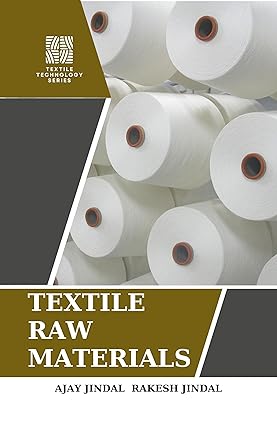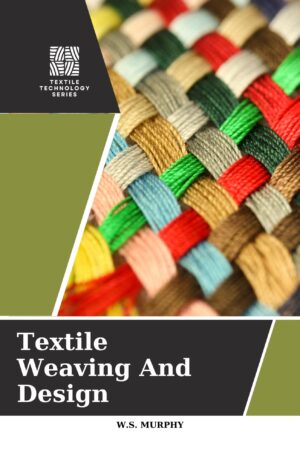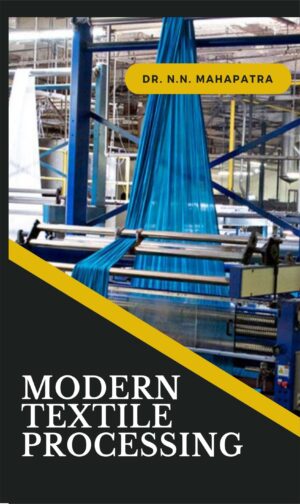Textile
Textile Mechanical Finishing [hardcover] by DR. N.N Mahapatra
In Textile manufacturing, finishing refers to the processes that convert the woven or knitted cloth into a usable material and more specifically to any process performed after dyeing the yarn or fabric to improve the look, performance, or “hand” (feel) of the finished textile or clothing. The precise meaning depends on context.
₹895.00 ₹995.00

![Textile Mechanical Finishing [hardcover] by DR. N.N Mahapatra](https://abhishekpublications.com/wp-content/uploads/2025/01/1-19.jpg)


![Finishing of Textile Substrates (1&2 Volume Set) [hardcover] Mathews Kolanjikombil](https://abhishekpublications.com/wp-content/uploads/2025/01/1-12-300x225.jpg)

There are no reviews yet.